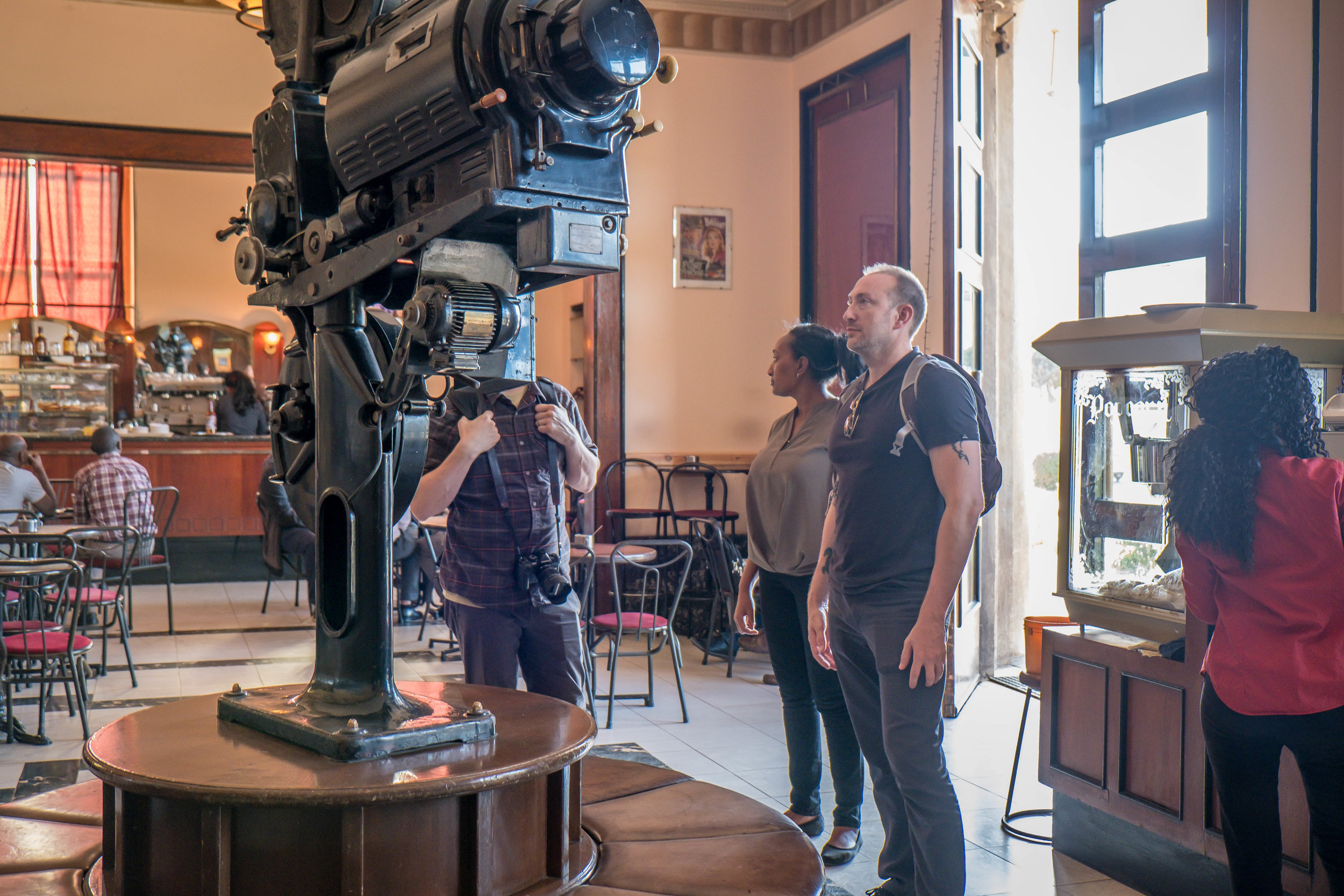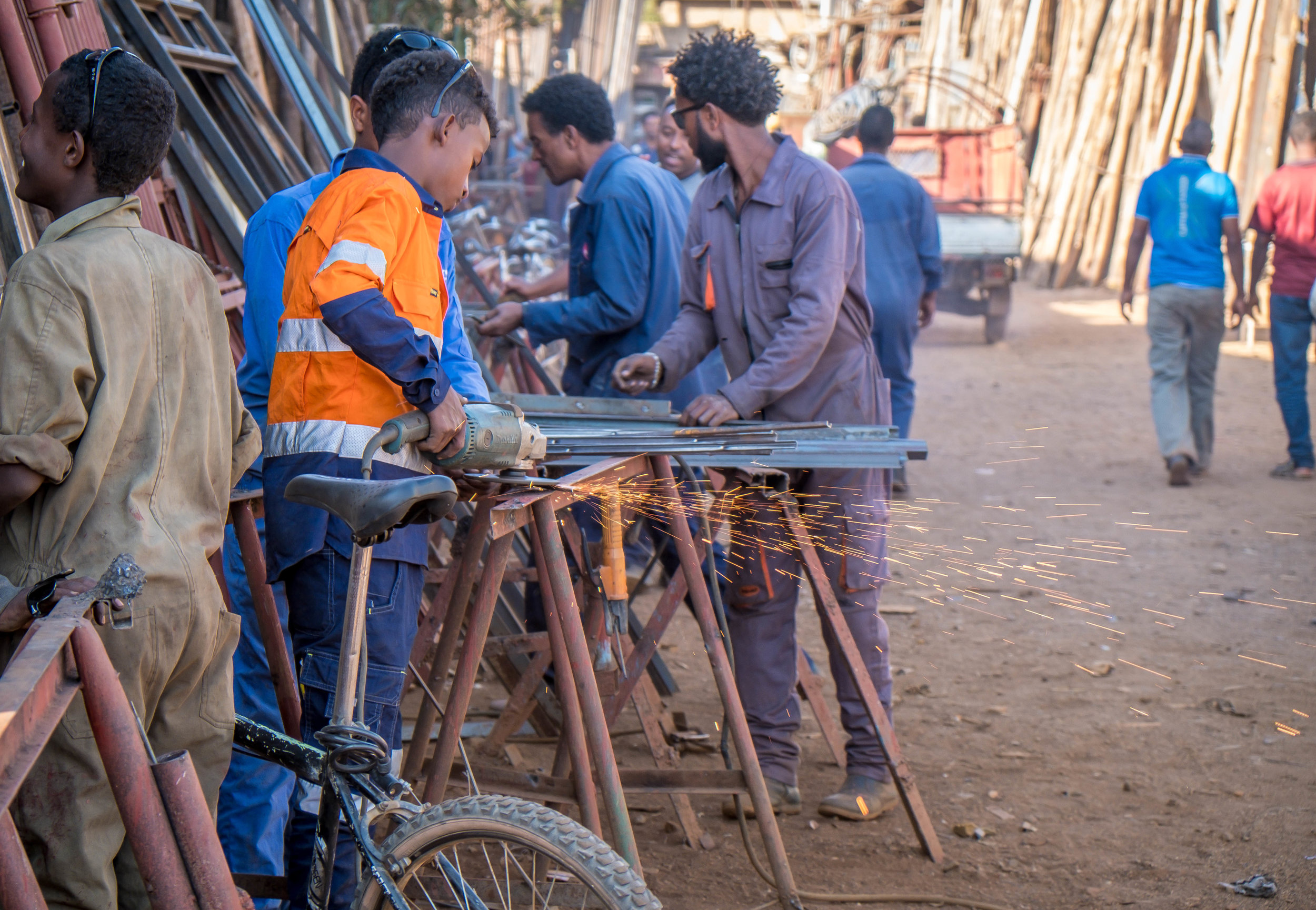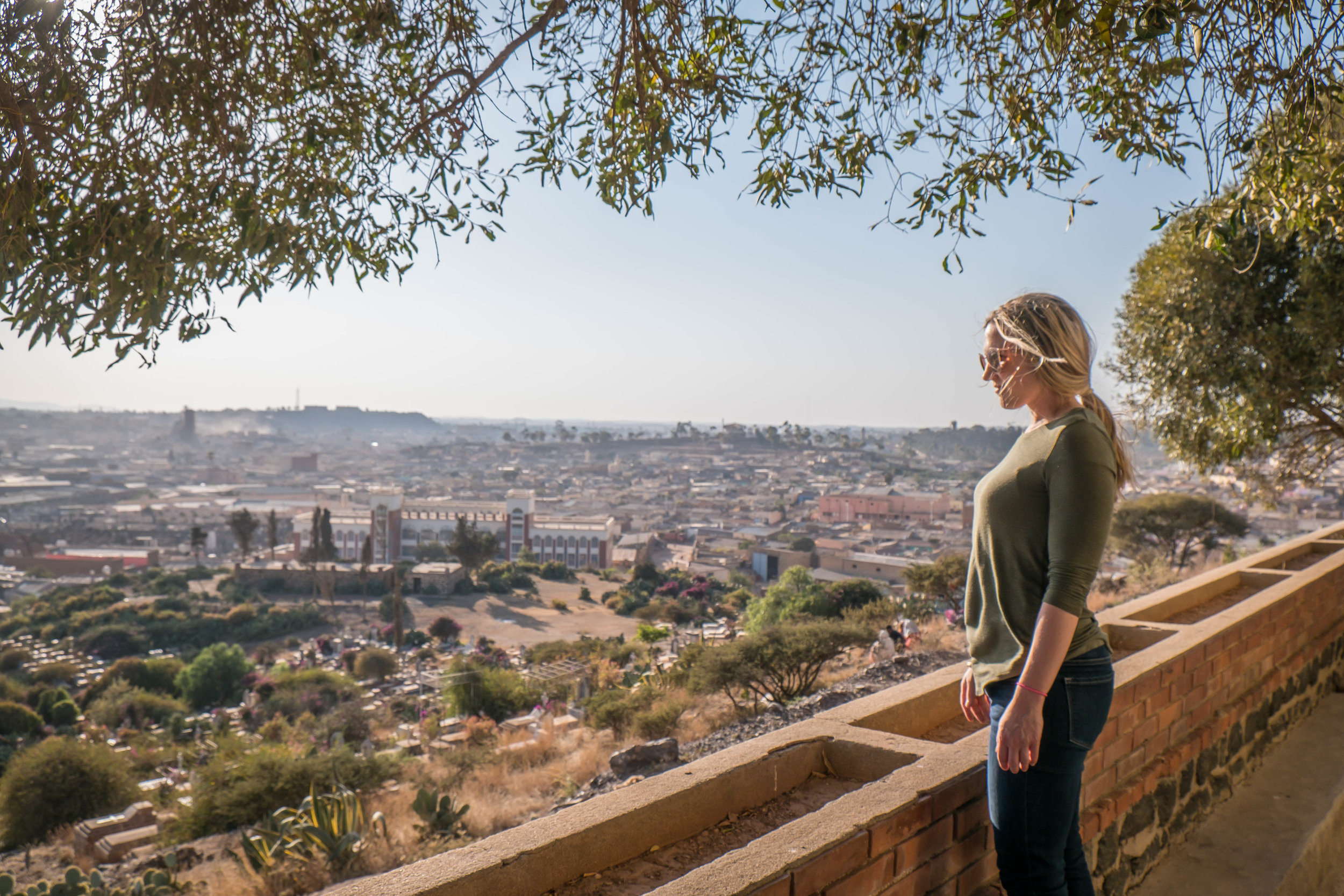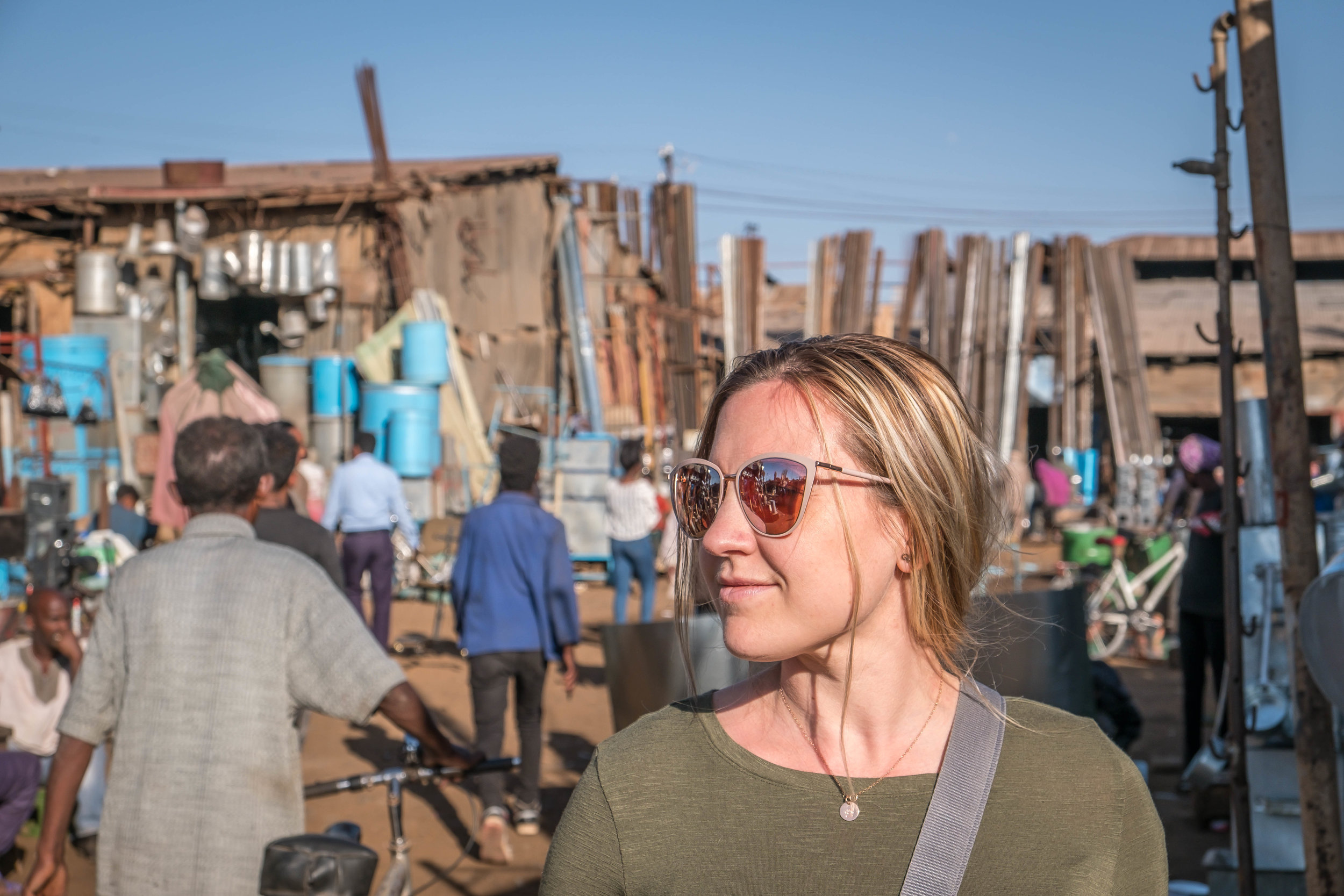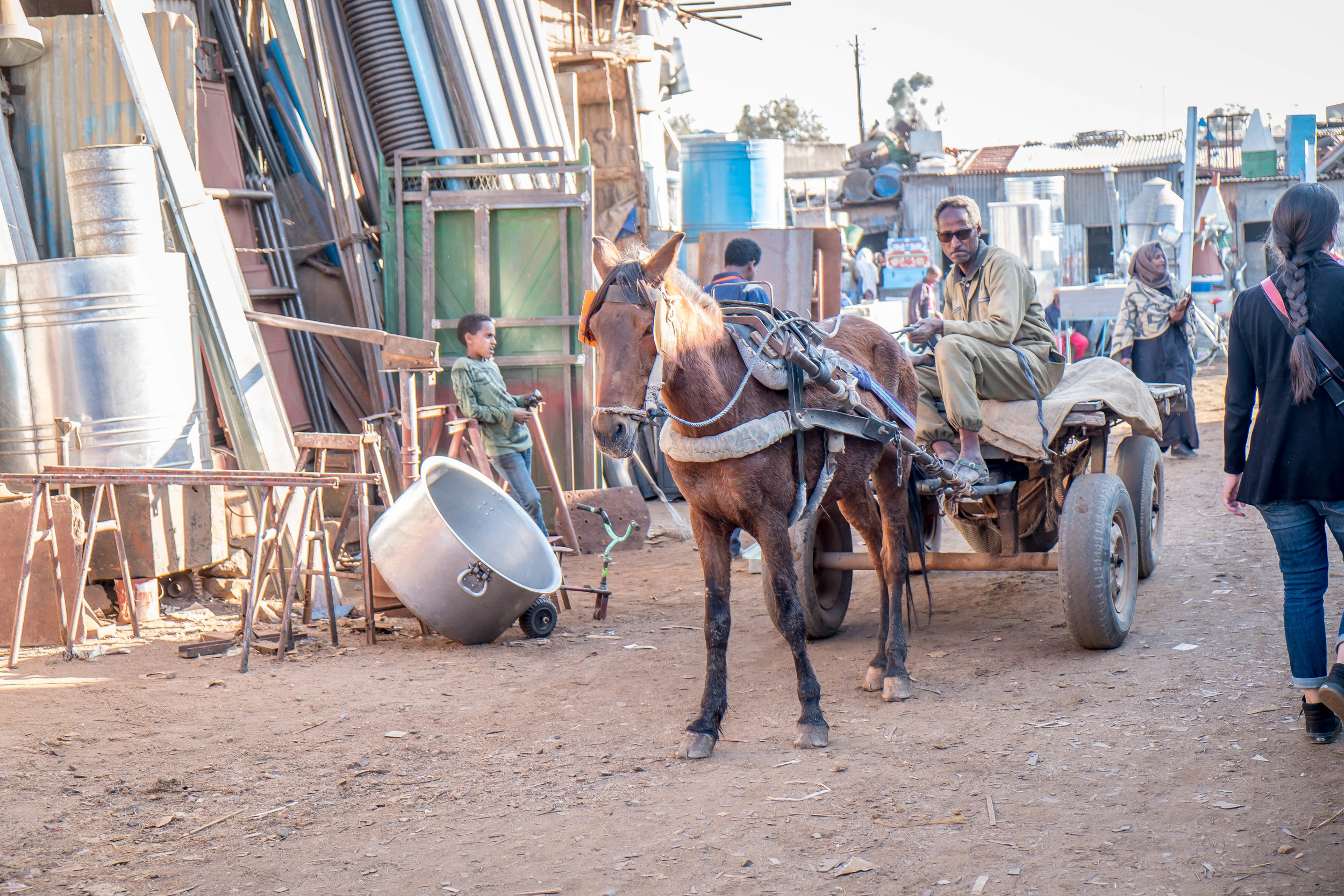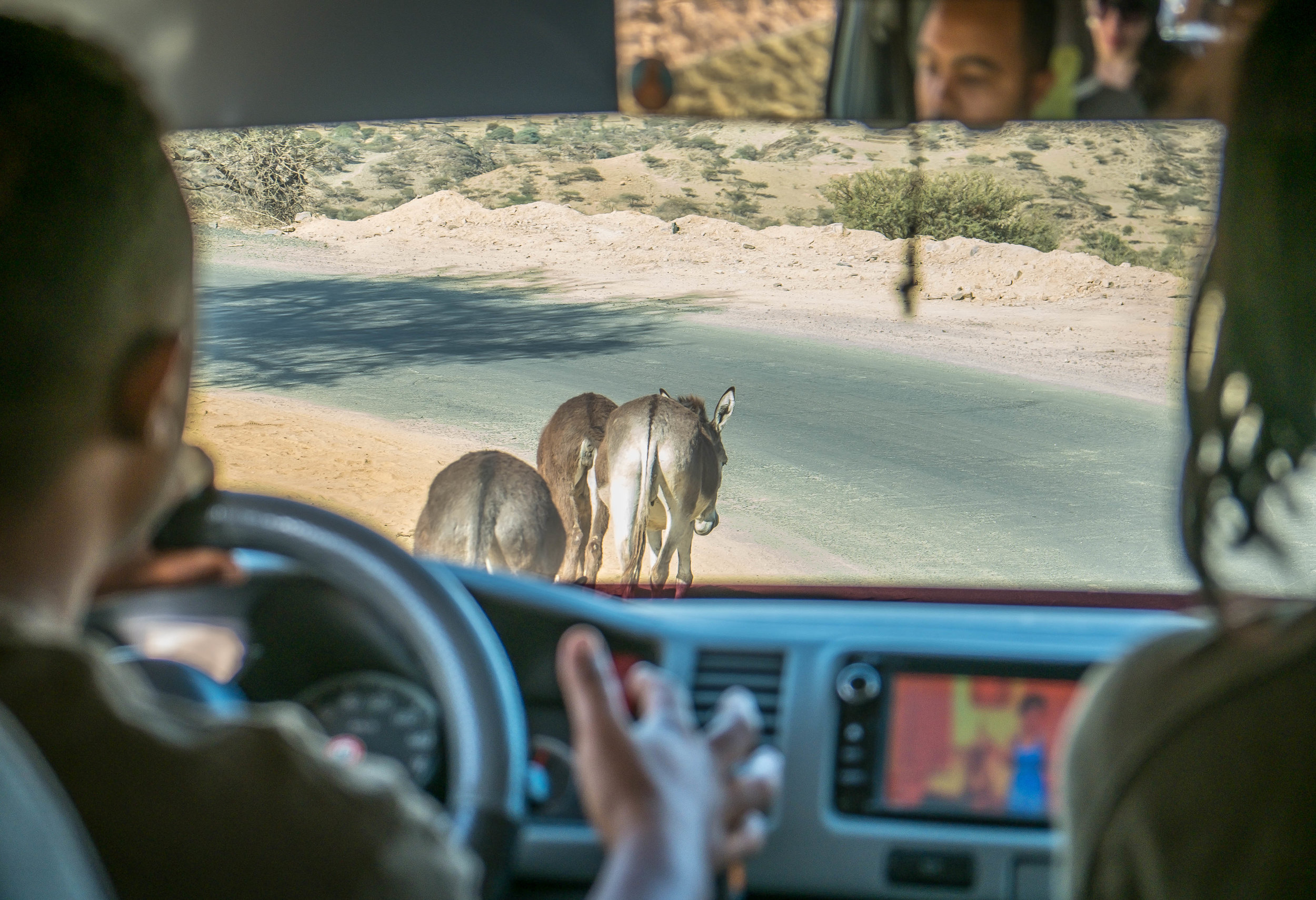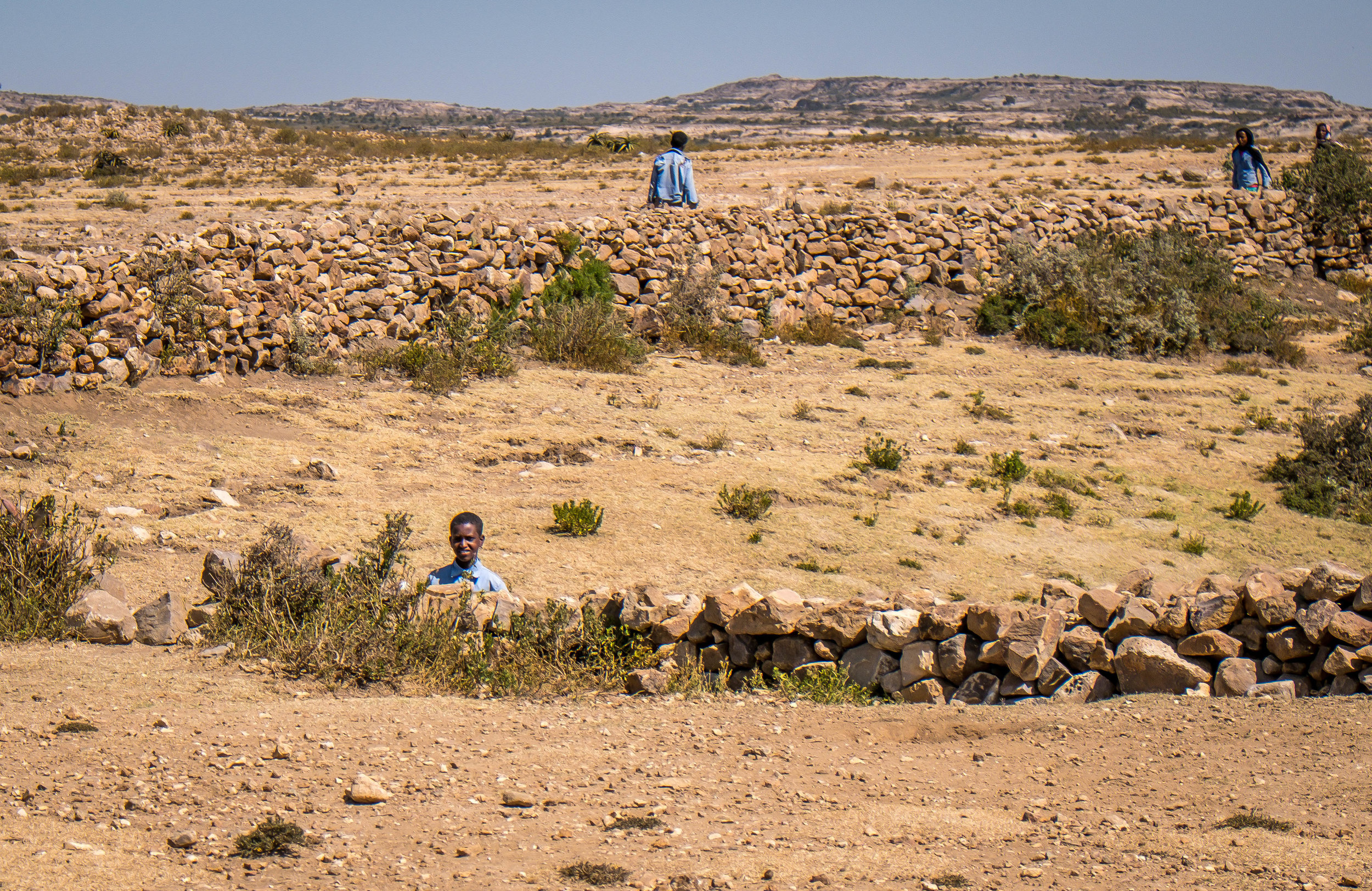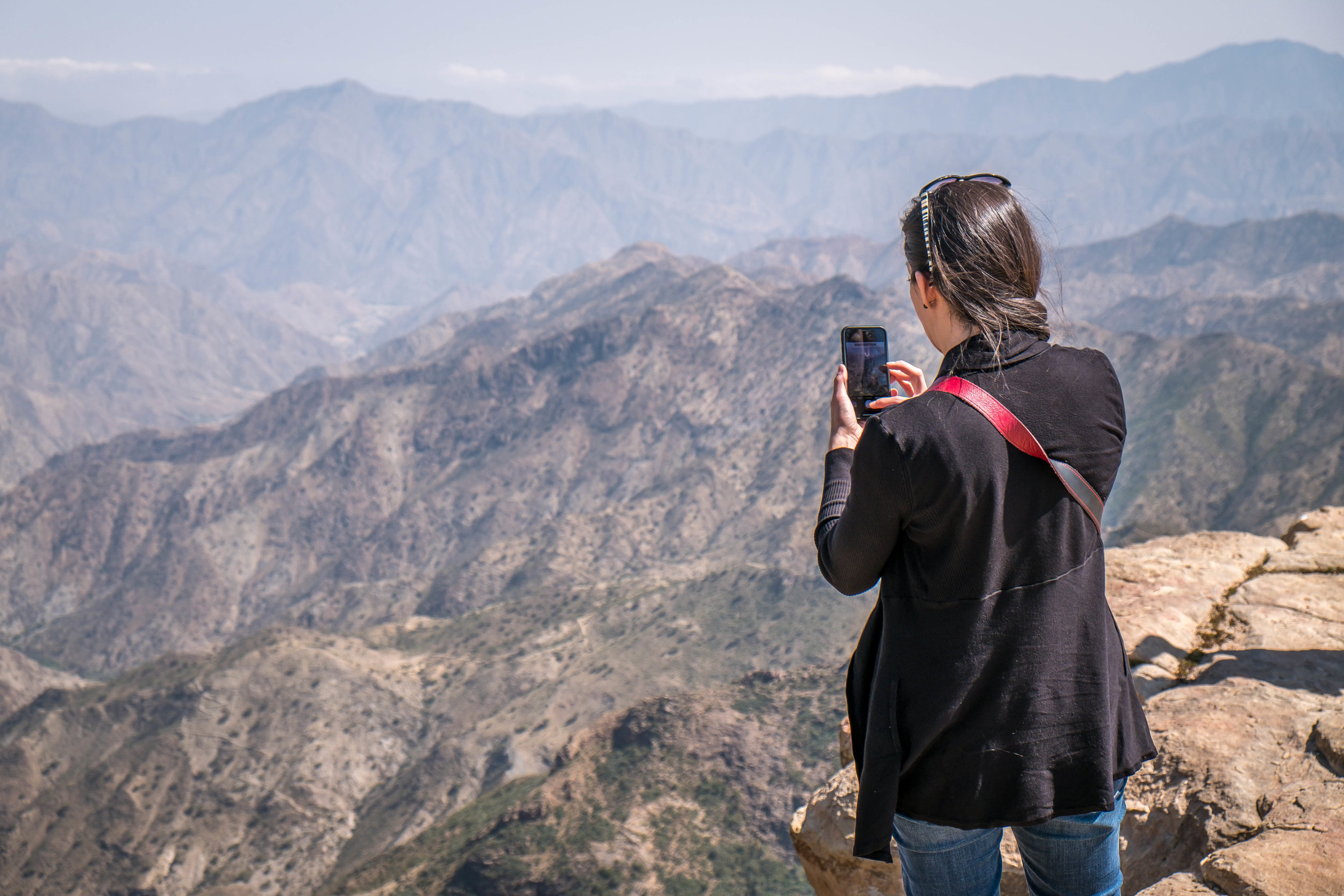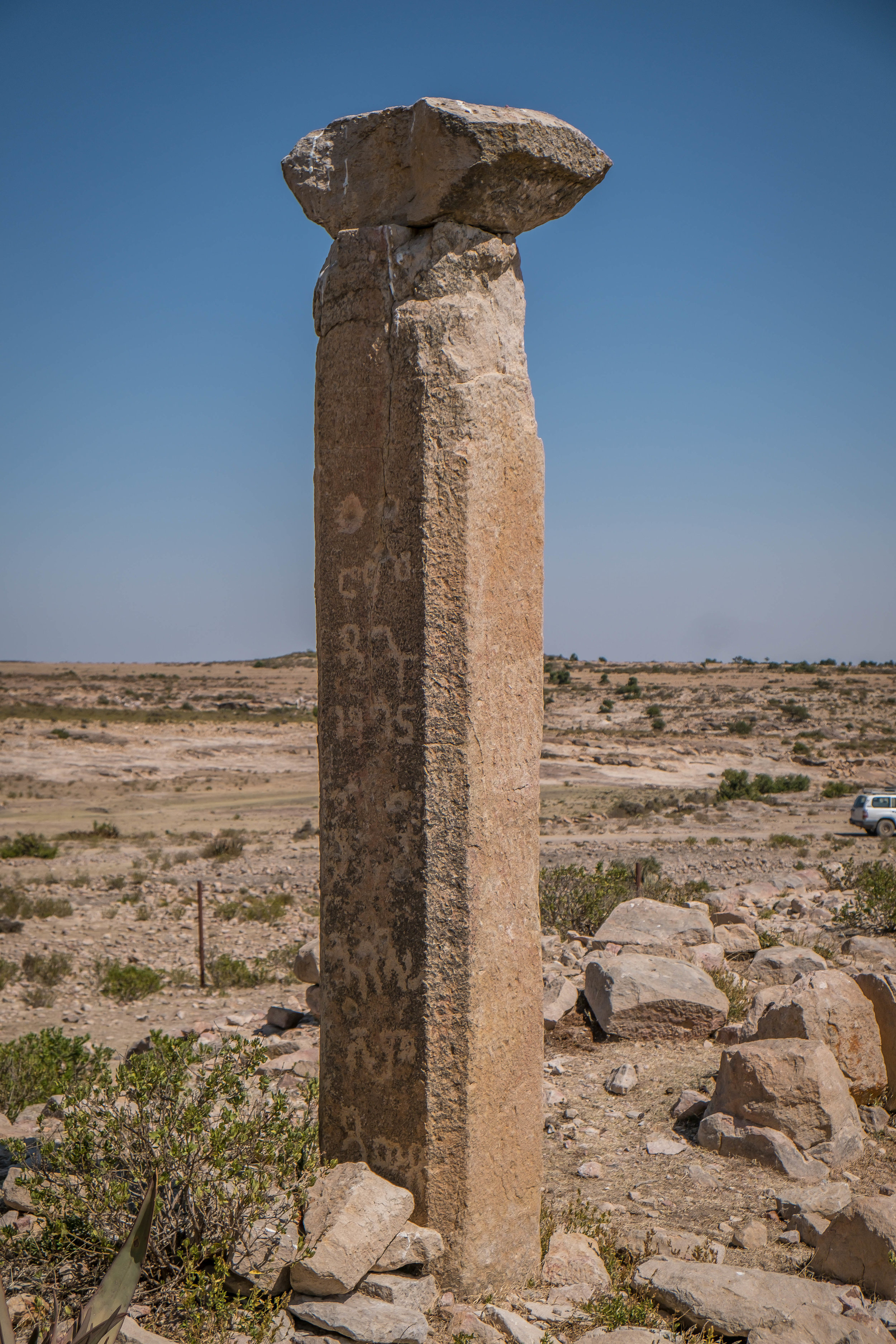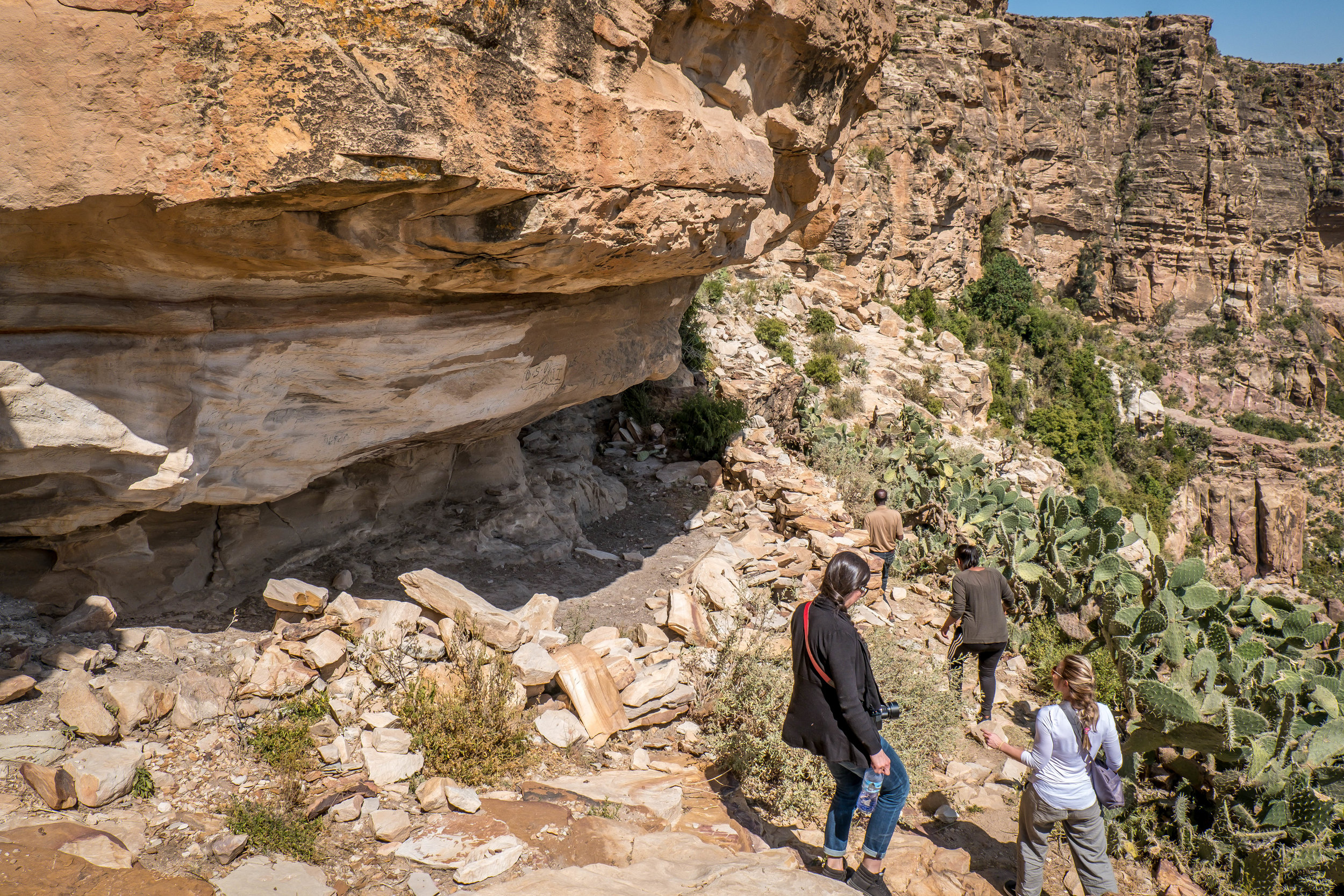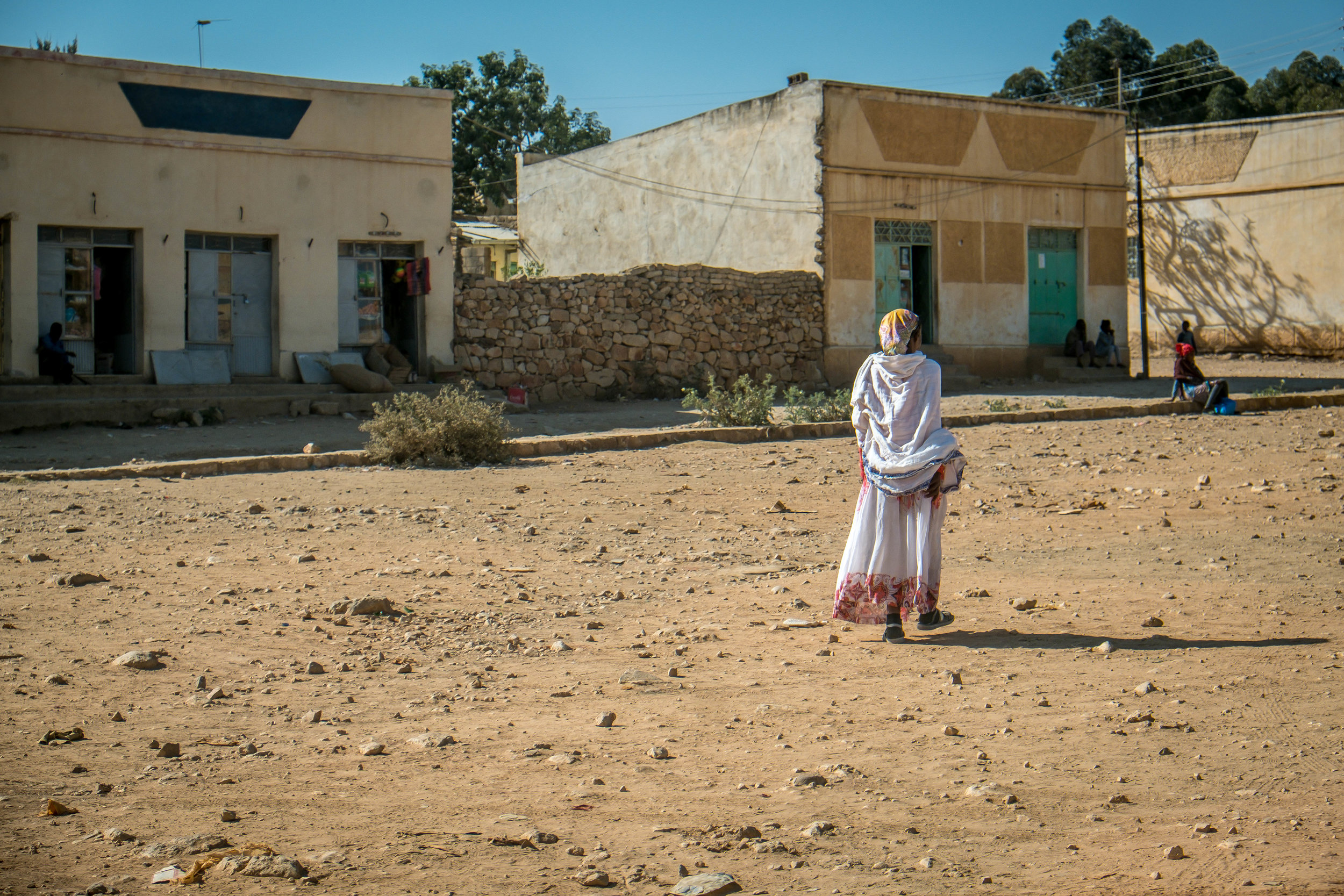Out of the Frying Pan and into the Fire: Three days in Eritrea
Out of the frying pan and into the fire is what we were mentally prepared for. But just as we were surprised by how much of a total shit show Addis Ababa was, we were equally surprised by how much we liked Asmara. But first, a little back-story, because this trip almost didn’t happen. This is the second country on our five country tour, and yes, I’m counting Somaliland as a country, so eat it.
Share the road, Donkey
Eritrea is notoriously hard to get a visa for. The process itself doesn’t require too much from you, simply fill out a form, send a cashier’s check with your passport and a passport photo, and you are on your way. Still, it took almost 2 months for us to get our documents back and they arrived just ten days before we left for the trip, giving us fingernail-biting anxiety for several weeks as we still had one final visa to get (that one, for Somaliland, was thankfully quick and easy). Getting through to the embassy was challenging. Call after call went to voicemail; the hours they work are different from what’s listed on the website; emails seemed to go not into someone’s inbox but instead a dark, empty void. But persistence paid off, and we finally got a hold of someone who informed us that they would start processing our visa applications right away…two weeks after they had actually arrived. Okay, fine; we still had a month and a half to go, should be fine, right? Nope. Delay after delay, then we finally got word things were held up because they were unable to get in touch with our contact (sponsor, essentially) in Asmara. More frantic calls and emails and things were finally ironed out, approvals given, and our newly stamped visas mailed back. Our friends, Mike and Martha - who Tara and I were traveling with - had found a tour operator that had close connections to the embassy, and that proved critical in getting things done.
The airport at Asmara was clean, tidy, and organized (everything the Addis Ababa airport isn’t), and we made through a thorough security and customs check in reasonable time. There was a little hiccup with our tour company, and we ended up catching a taxi to the hotel: the aging-but-still-nice Asmara Palace. Our guide for the weekend picked us up, and we hit the town for tour.
You should know a couple things about Eritrea: first, they were a former Italian colony up until the 1950s; second, they were embroiled in a long-term conflict for independence from Ethiopia that only fairly recently ended.
Tagliero
The Italian influence couldn’t be more apparent. Mussolini had plans to make Asmara the capital of the new African/Italian Empire and poured a ton of money into construction projects. Most of the city is a UNESCO World Heritage site, and there are over 400 buildings around the city that are extraordinarily well preserved. The Fiat Tagliero building, for example, is a beautiful example of Italian Art Deco and coolest gas station you will ever see. The main streets are wide promenades, the macchiato could be a national beverage, and pasta is almost as common as injera.
Cinema Roma
Eritrea may be designated - by those who decide such things – a totalitarian state with a poor record on human rights and a North Korean-style approach to media freedoms, but it feels incredibly warm when you’re on the ground. It’s rather shocking really, coming from the rotten egg that is Addis. Smiles come easy, kids play in the street, no street hustlers or scammers to be seen. Begging is culturally frowned on, and the one time a small child held her hand out for something, her mother quickly scolded her. It speaks volumes that it’s this charming, this safe, and this nice, despite the political and economic challenges faced by every day Eritreans. And I love that they, well, they take care of their shit. Plenty of places that have shrugged off the colonial yoke: destroyed or defaced the buildings or monuments of their former oppressors. I suppose I feel that it makes perfect sense to do that as an act of repudiation and independence, but it also seems a little like cutting off your nose to spite your face, especially if there are not resources to replace those buildings or if they serve or can serve the public good. I can get behind a place where people are able to appreciate all the art deco architecture and maintain it over the decades despite being formerly colonized.
Architecture for daysss
It’s not just the buildings that are well maintained though – we saw a few items that date back to colonial times that were still in use. Italian scales, for example, at the market. I know part of the reason items like that are so well cared for is that they are hard/expensive to replace due to socioeconomic reasons. Cars have been banned from import for several years, so don’t expect to see any shiny taxis on the road.
Unlocked bikes on the main road.
Do expect to see LOTS of bicycles though. That was one of the most stark differences that jumped out at me when walking through the city; bikes, almost all unlocked, leaned up against stoops and streets and palm trees. The only other place I’ve seen that is in Japan, which is also an incredibly safe country. We wrapped up the night with some traditional Eritrean food - which was similar in appearance to Ethiopian food, but way spicier – a cold beer, and some pretty tasty local wine.
Recycling market
After our first day of seeing the city, we headed into the mountains to see some of the countryside. We traveled and booked our tour with Asmara Grande Travel and Tour services, and they shuttled us three and a half hours to Kohaito to visit a few ancient sites: a 2500-year old dam, an Egyptian tomb with columns still standing, and ancient cave paintings set into the side of a cliff (which serves as shelter for goats in the rainy season too!). The drive, while long, helps paint the picture of a country still recovering from decades of war and strife, but the scenes of life along the way are quite nice. Goats, camels, and donkeys meander along the road, carrying people or water. Cacti and aloe plants dot the landscape along with purple flowers and giant sycamore trees. Stopping anywhere draws attention, but it’s always in a shy, polite way as people practice their English or just say hello. The trip made more for a long day out and back but it was worth it. The sheer amount of time people have to spend going to wells and other water sources was instructive, and something you wouldn’t see unless you got out of town.
Water run with the family camel
The Grand Canyon
Cave paintings with our guide
That evening we had an Italian meal – which, due to the Italian influence - was both a legit local meal (at least we convinced ourselves of that) and pretty good. As we sipped our macchiatos, Takeste, the owner of the tour company, popped in to say hello. He is a charming older gentleman who unexpectedly bought our dinner and gave us a ride to back to our hotel.
We packed up that night for our next destination - Hargeisa, in Somaliland. Going forward on the this trip, I’m sure we are going to miss the warmth and stability of Asmara.
Where we Stayed: Asmara Palace -Clean, passable wifi (messages, email - not enough for any real work) decent rooms and pretty good food. Skip the buffet and just order off the menu (though it’s not great). Taxi from the airport was 200 Nafka for our group of four. If the weather is nice you could walk to the city center in 30-45 minutes.
What we did: City Tour seeing with Asmara Grande Tours : The Peak of St. Mary’s Cemetery, The Medeber (recycling and work center that’s more interesting than it sounds), Grand Mosque, Post Office, Central Market, Cinema Roma, and tons of other architecture around the city. Day tour out to the Grand canyon and Add Keyh, descending to the cave paintings built into the cliff wall along with ancient tombs.
One of our guides in an Egyptian tomb









